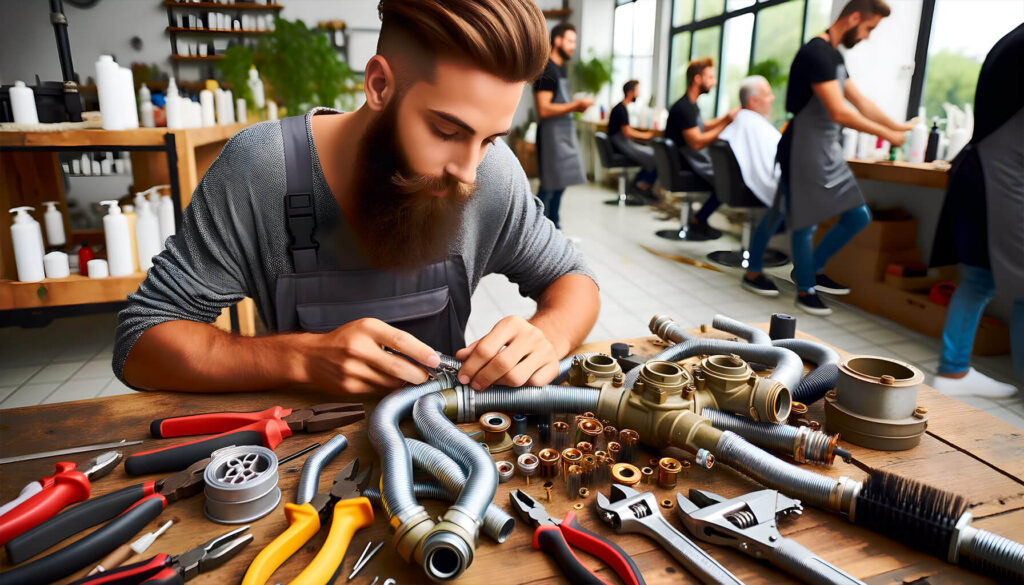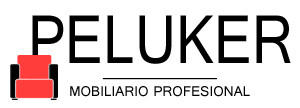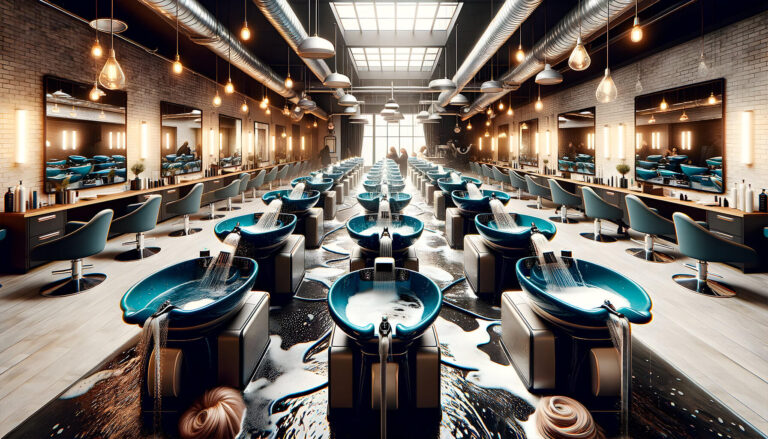Backwash Units: A Tool to Consider for Sustainable Water Saving
Water, being one of our planet’s most essential and finite resources, holds paramount importance in various sectors, including the beauty industry. Salons and hairdressing establishments play a crucial role in managing water consumption, particularly through their salon furniture, especially the backwash units.
The Impact of Water Usage in Hairdressing
Hairdressing establishments heavily rely on water. Between hair washing, tool cleaning, and workspace maintenance, an average beauty salon consumes between 300 and 800 liters of water daily.
Water scarcity has become a global crisis that compels all productive sectors to implement changes. Hairdressing establishments are not exempt from this responsibility.
Individual actions such as reducing washing time, installing water-saving devices, and maintaining pipes in good condition make a significant difference in total consumption.
Benefits of Water Saving for Hairdressing Establishments
Optimizing water usage in hairdressing establishments not only has environmental benefits but can also result in economic advantages:
- Reduces the monthly water service bill.
- Lowers the energy consumption associated with water heating.
- Decreases wear and tear on pipes and facilities.
- Mitigates the environmental impact of the business.
- Enhances the company’s image of responsibility and commitment.
- Promotes the sustainable use of natural resources.
Any savings, no matter how small, are a significant contribution when multiplied across all salons.
Water Saving Strategies in Backwash Units
There are various actions that a hairdressing establishment can implement to reduce water consumption associated with the use of backwash units:
Low-Flow Equipment
- Install backwash units with flow control and flow rate options. The wash heads should have a flow of 5 liters/minute or less.
- Use flow restrictors and pressure regulators on faucets and showers.
Operational Practices
- Do not leave the tap open while soaping or cutting the client’s hair.
- Ensure hoses and connections are leak-free. Promptly repair any detected leaks.
- Close water taps securely to prevent drips.
- Coordinate wash times to avoid unnecessary water running during head washing.
- Optimize the temperature and duration of rinsing.
Maintenance
- Inspect and repair any damaged pipes.
- Periodically flush flexible hoses to remove calcification.
- Lubricate faucet O-rings and gland seals.
- Regularly clean the filters and strainers of backwash units.

Water Saving Strategies
Technology and Design
-
- Install with water recirculation systems.
- Use automatic sensors to activate water flow only when needed.
- Implement a greywater recovery system.
- Select backwash units with multiple flow control options.
Awareness and Education
The implementation of technology must be complemented by raising awareness of water usage habits:
Employees:
-
-
- Provide training on the proper operation of backwash units to optimize water usage.
- Encourage immediate reporting of leaks.
- Establish washing protocols that minimize waste.
- Monitor and periodically measure water usage.
-
Clients:
-
-
- Inform clients about water-saving initiatives and request their cooperation.
- Offer the option of a quick 5-minute wash for those who do not require a deep wash.
- Inquire about the desired rinse temperature and do not exceed it.
- Encourage clients to report any water leaks they notice during their visit.
-
Awareness and daily good practices are as crucial as technology in achieving results.
Frequently Asked Questions
How much water can be saved by installing water-saving devices?
Between 25 to 40% reduction in monthly water consumption, depending on the measures implemented.
Does a water recirculation system require extensive maintenance?
Only periodic filter cleaning and chlorination as per specifications. The cost is offset by savings.
Is it better to install low-flow backwash units or retrofit existing ones?
Installing new backwash units allows you to choose models with multiple savings features. Retrofitting existing ones is also beneficial.
Is more water wasted in backwash units or during salon cleaning?
Generally, more water is wasted in poorly calibrated backwash units. However, cleaning also represents a significant percentage.
Does the use of conditioners increase water consumption in backwash units?
Yes, conditioners require a longer rinse to completely remove them.
Backwash units offer a significant opportunity for hairdressing establishments to adopt more sustainable water usage technologies and practices. The positive results, both environmental and economic, are well worth the investment and effort required to implement reduction and efficiency measures. Water is life; let’s not waste it.



